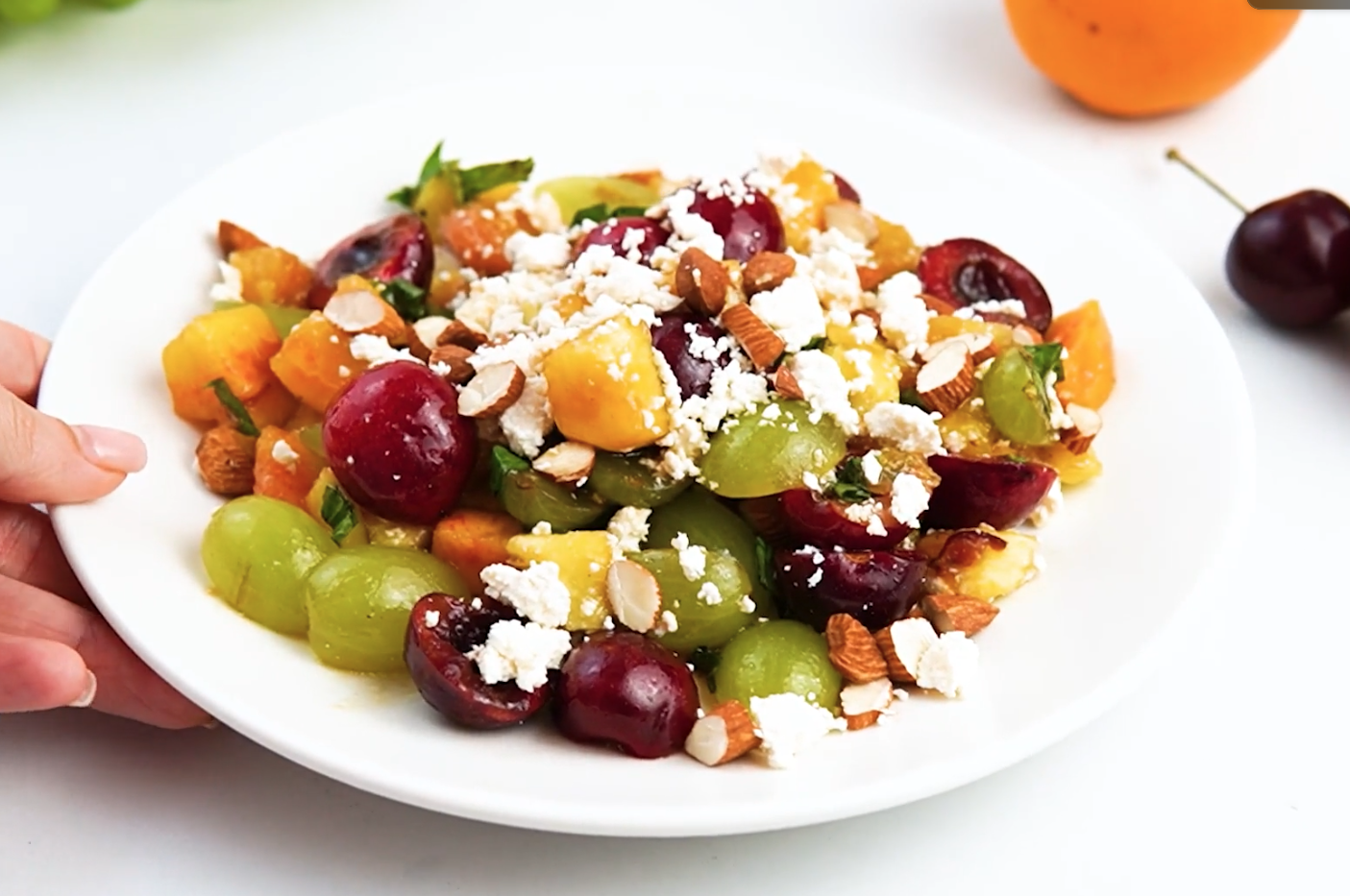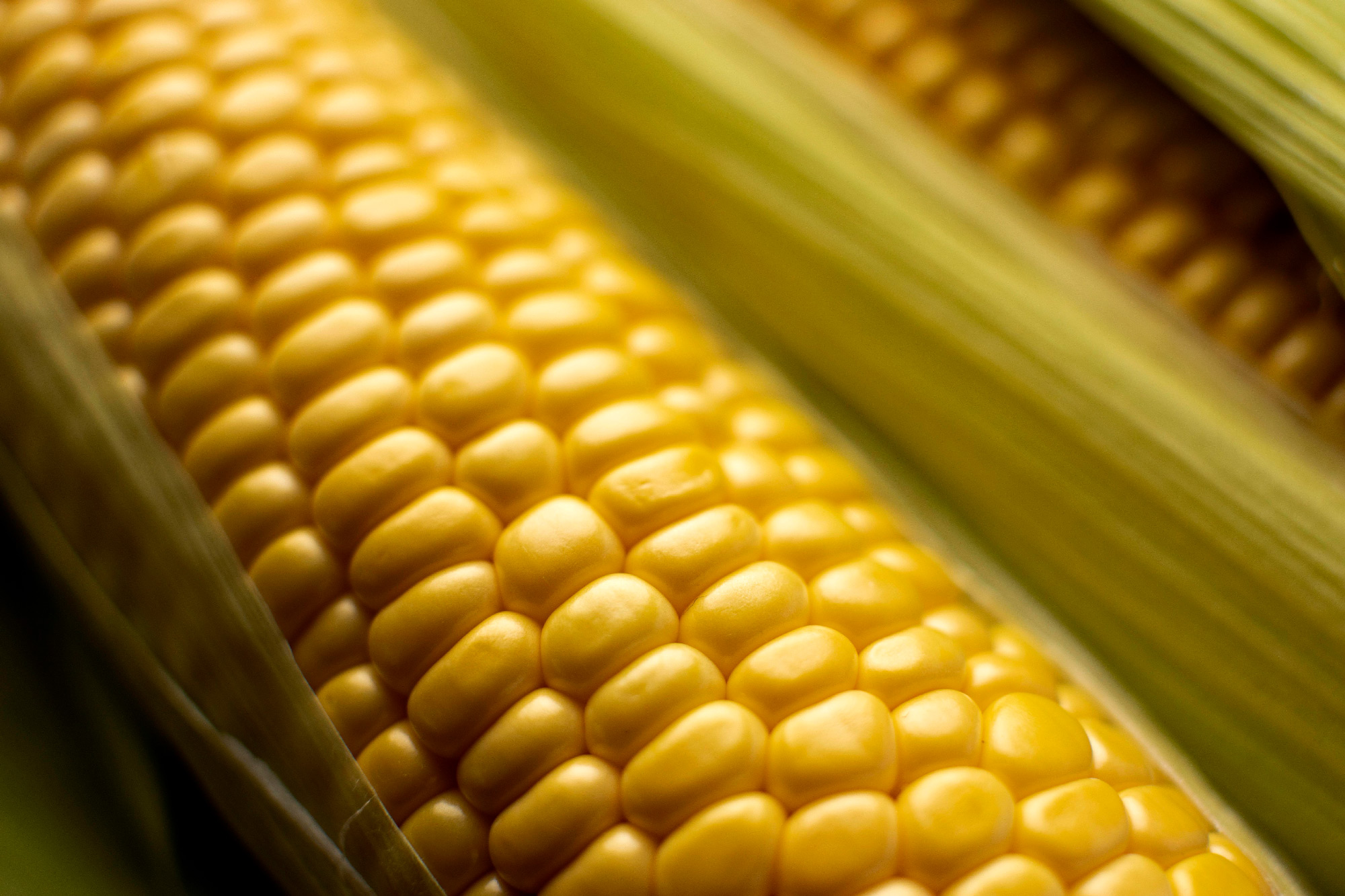What is the state of produce in the US:
Date
Share:
Facebook
Twitter
LinkedIn
The state of produce in the United States is generally stable with a wide variety of fruits, vegetables, and other agricultural products available to consumers. Here are some key points about the state of produce:
- Availability: The US has a robust agricultural sector, and a wide range of produce was readily available in grocery stores, supermarkets, and farmers’ markets across the country. Seasonal produce was abundant, and many fruits and vegetables were accessible year-round due to imports from other countries and domestic production in different regions.
- Crop Diversity: The US is known for its diverse range of crops. Commonly available produce included apples, oranges, berries, bananas, grapes, tomatoes, lettuce, cucumbers, carrots, potatoes, corn, and many others. Locally grown and heirloom varieties were often popular choices, and organic produce options were also widely available.
- Imports: The US imports certain produce items to supplement domestic production or meet consumer demand for out-of-season fruits and vegetables. Popular imported produce items during this time included avocados, pineapples, mangoes, and various tropical fruits.
- Organic and Sustainable Produce: There was a growing demand for organic and sustainably grown produce in the US. Many consumers were increasingly interested in purchasing organic fruits and vegetables due to their perceived health and environmental benefits. Organic options were widely available in supermarkets and specialized organic food stores.
- Farmers’ Markets and Local Produce: Farmers’ markets continued to be popular, providing consumers with the opportunity to purchase fresh, locally grown produce directly from farmers. These markets often showcased a wide range of seasonal fruits, vegetables, and other agricultural products, offering a more direct and community-oriented shopping experience.
- Food Safety: The US has regulations and standards in place to ensure the safety of produce. Government agencies, such as the FDA and USDA, enforce food safety practices to reduce the risk of contamination and ensure that produce meets quality standards. Regular inspections, testing, and monitoring are conducted to maintain food safety and protect public health.
Please note that specific conditions and availability of produce can vary depending on factors such as geographical location, climate, and seasonal variations. For the most up-to-date and region-specific information, it is advisable to consult local sources, farmers, or agricultural organizations.
Are you ready to start purchasing your fruits and vegetables from a high-quality produce distributor? If so, we can help you. Don’t hesitate to contact us to get started today!


